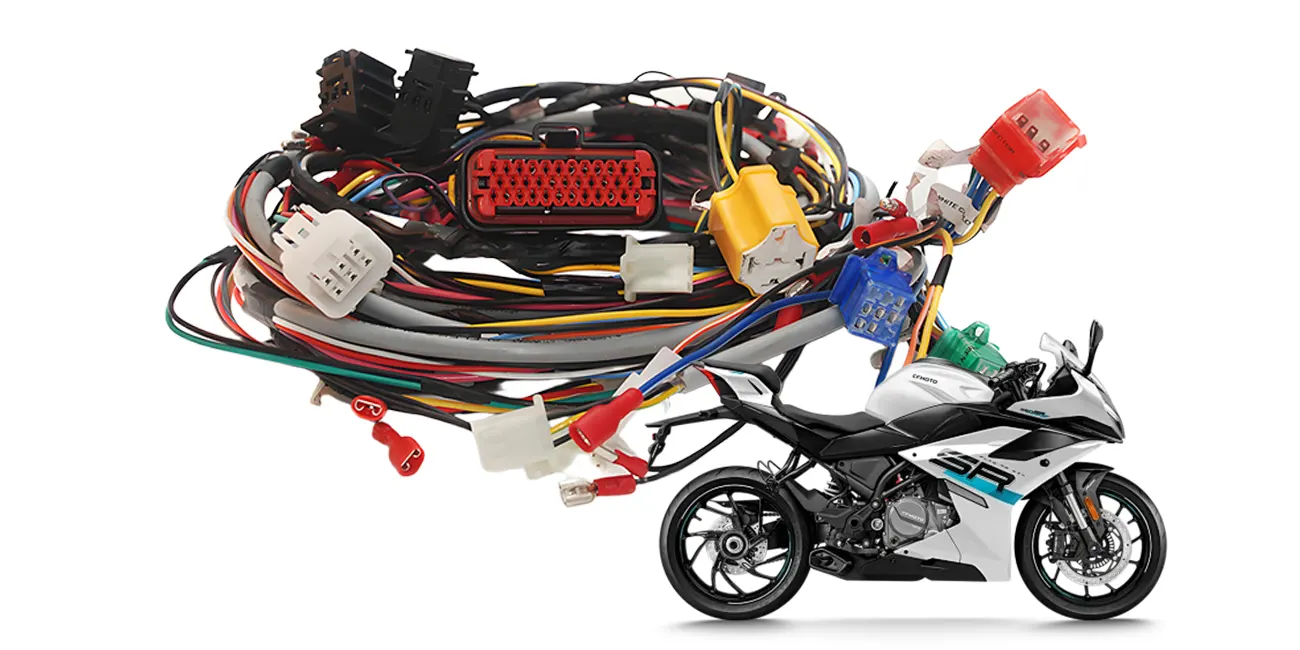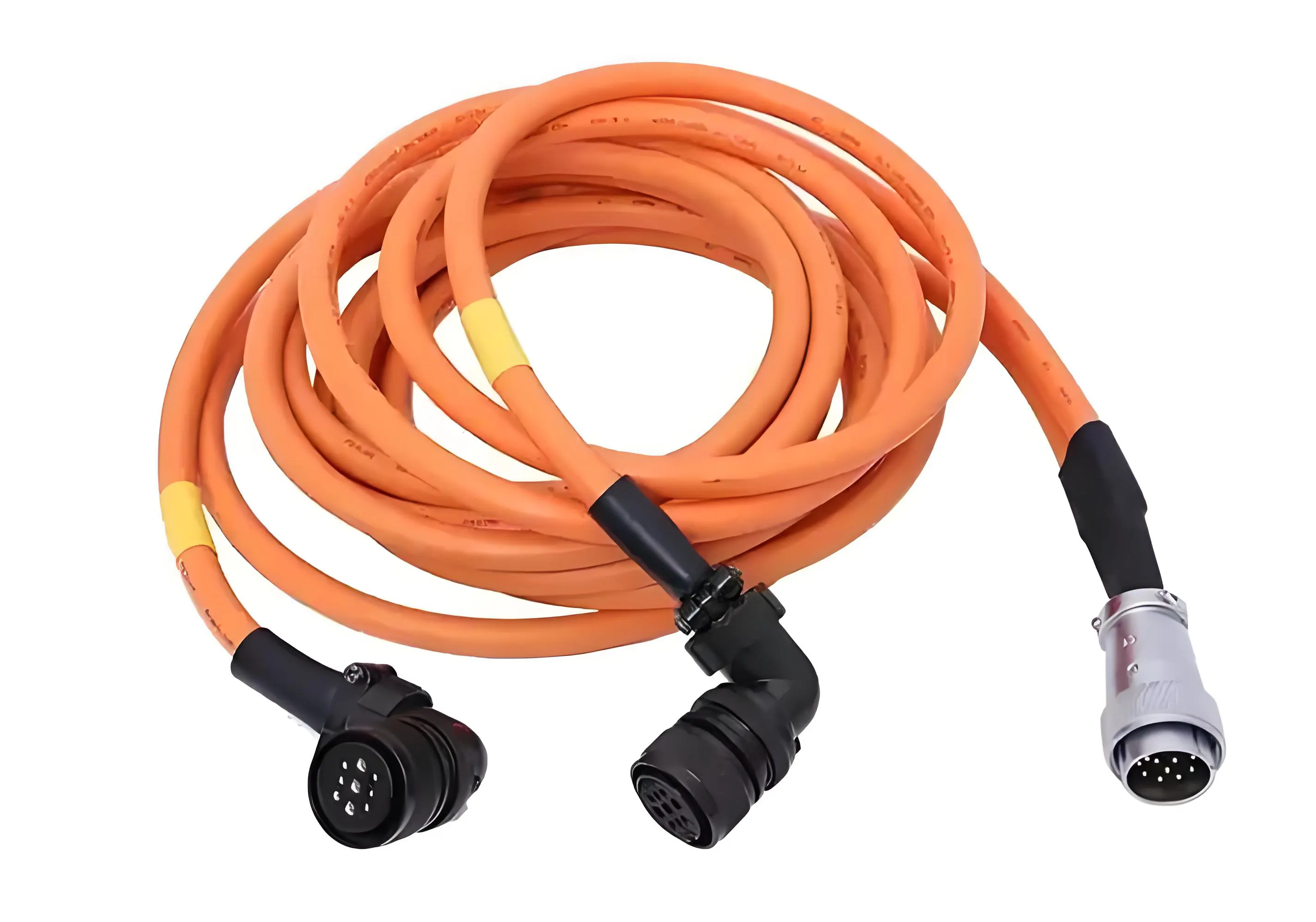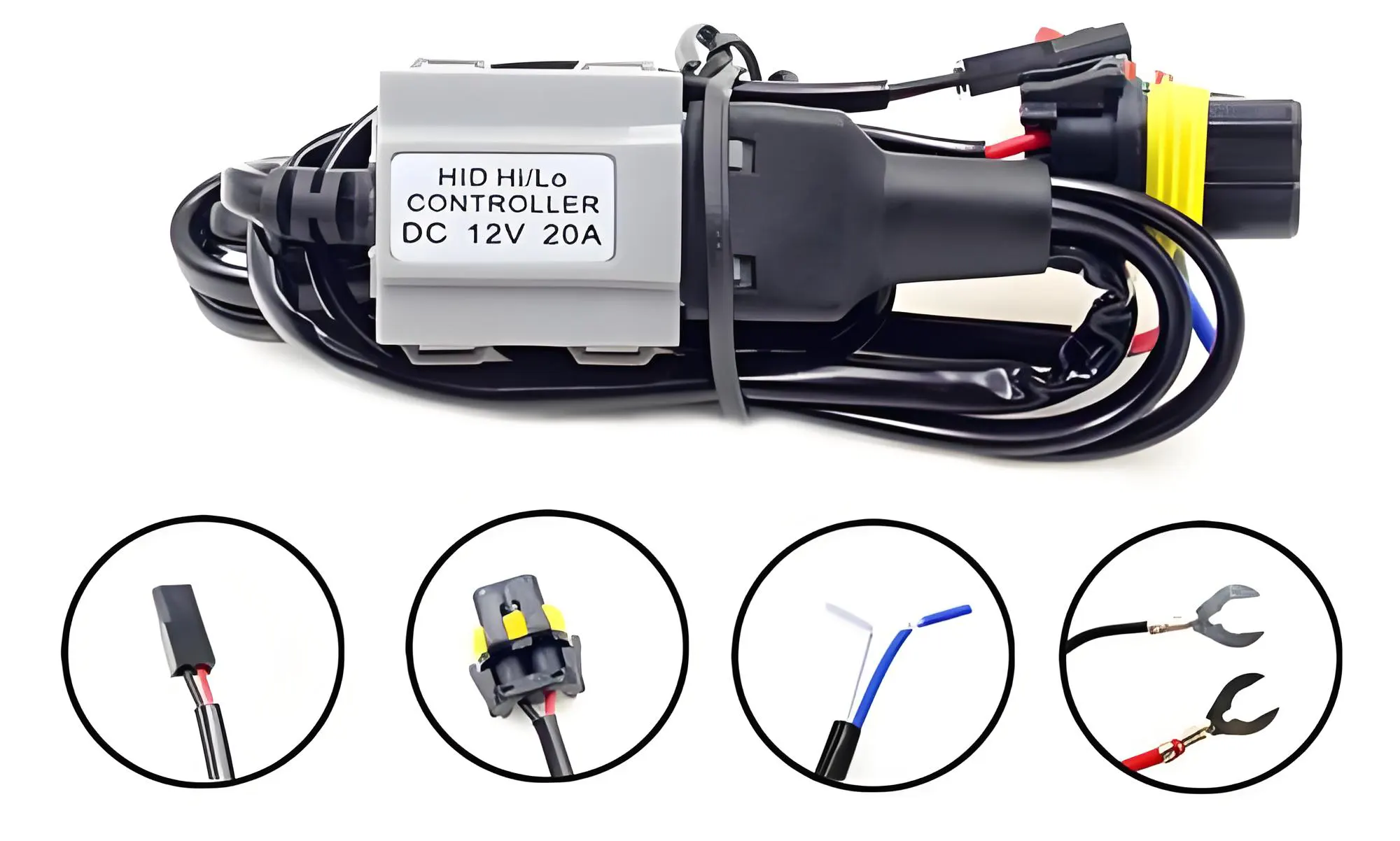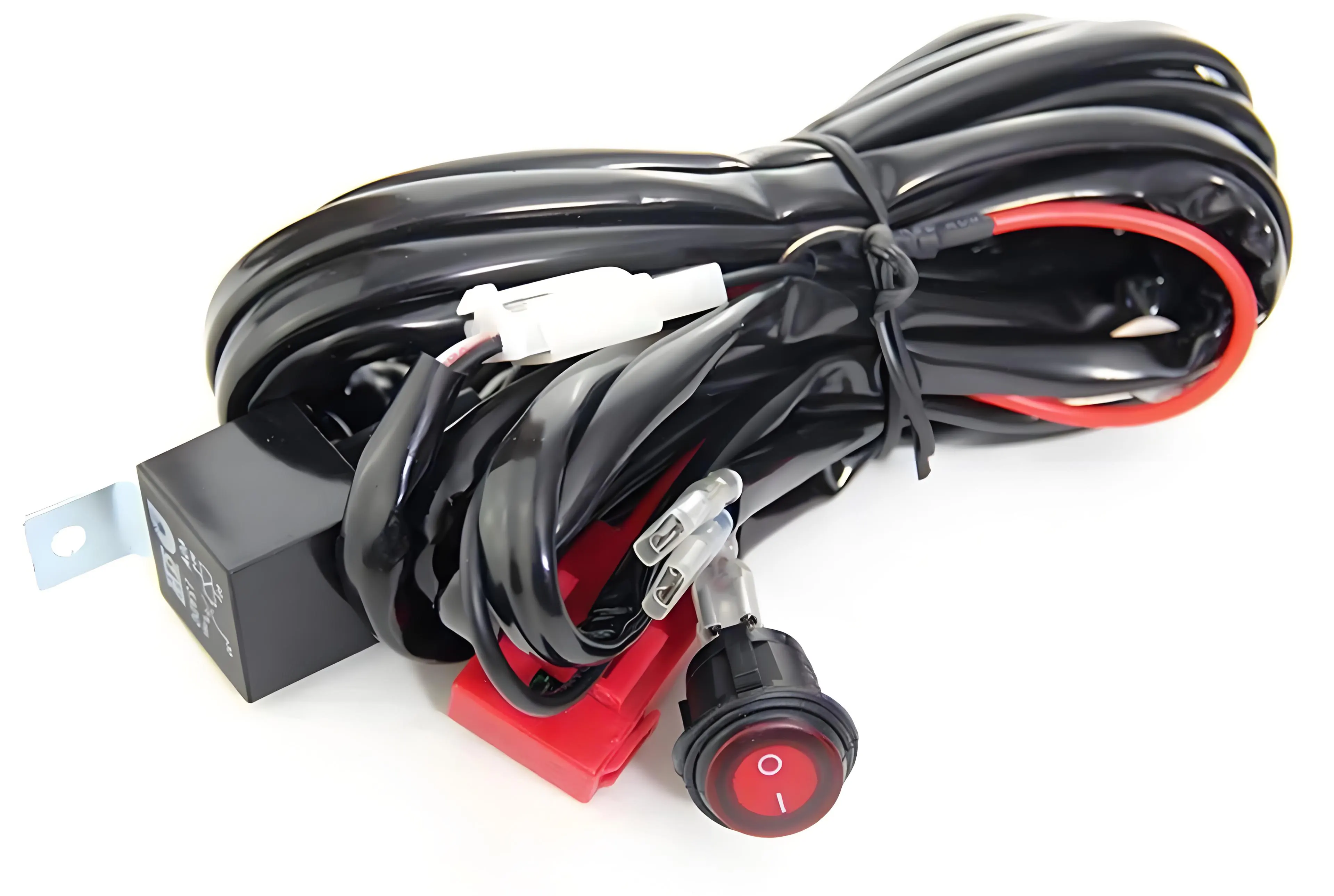
By quanyu lee
2025-07-09 01:42:04
What are the motorcycle cables?
Motorcycle cables are an important part of the vehicle's electrical system and play a key role in power transmission and signal transmission. According to their function, structure, and purpose, motorcycle cables can be divided into the following categories:
1. Power transmission cables
Battery cable: Connects the positive and negative poles of the motorcycle battery with the vehicle power supply system, and is the main channel for current transmission. Usually, it uses multi-strand copper core wires with thicker wire diameters (such as 4-10 square millimeters), which can withstand large currents (starting, charging, etc.), and the outer layer is wrapped with heat-resistant and oil-resistant insulating rubber or PVC materials to ensure stable operation in high-temperature environments such as the engine compartment.
Charging cable: Connects the generator (or magnetic motor) with the rectifier regulator and battery, converts the AC power generated by the generator into DC power, charges the battery and supplements the power of the vehicle. The wire diameter depends on the power of the generator and needs to have good conductivity and aging resistance.

2. Ignition system cables
Ignition coil cable: Connects the igniter and the spark plug, and is responsible for converting low-voltage electricity into high-voltage electricity (10,000 volts) to provide ignition energy for the spark plug. It usually includes high-voltage wires (with thicker insulation and high-voltage breakdown resistance) and connectors. Some models use shielded cables to reduce electromagnetic interference.
Trigger coil cable: Connects the magneto trigger coil to the igniter, transmits the ignition trigger signal, and controls the ignition timing. The wire diameter is relatively thin (such as 0.5-1 square millimeter), and the stability of signal transmission must be ensured.

3. Lighting and signal cables
Headlight cable: Connects the headlight to the light switch and dimmer switch, and transmits current to control the high/low beam switching of the headlight. Because the power of the headlight is high (such as 35-100W), the wire diameter is usually 1.5-2.5 square millimeters, and the insulation layer needs to be heat-resistant to cope with the heat generated by the headlight.
Tail light and brake light cables: The taillight and brake light cables connect the taillights (position lights), brake lights, brake switches, and light switches. The cables are relatively thin (0.75-1.5 square millimeters), which can keep the position lights on all the time and also light up the brake lights through the signal from the brake switch when braking.
Turn signal cable: The turn signal cable connects the turn signal, flasher, and turn switch. The wire is generally 0.75 square millimeters thick and can coordinate with the current changes of the flasher to control the turn signal to flash at a certain frequency.
Speaker cable: Connects the speaker to the speaker button, transmits current to drive the speaker to make sound. The wire diameter is selected according to the speaker power (such as 12V/3A), usually 0.75-1 square millimeter, and must have a certain vibration resistance.

4. Control and instrument cables
Instrument cable: The instrument cable connects the instrument panel and various sensors such as speed, speed, oil level, water temperature, etc. The wire is relatively thin (0.3-0.5 square millimeters) and can transmit the sensor data to the instrument panel for display. Some will also use shielded wires to prevent signal interference, such as when transmitting speed signals.
Switch control cable: The switch control cable can connect various operating switches, such as ignition, starter, and light, and corresponding electrical components. The wire diameter will be selected according to the switching current (generally small), approximately 0.5-0.75 square millimeters. It is very flexible and can adapt to different switch installation positions, such as handlebars and the body. It is responsible for transmitting on-off signals or control instructions.
Sensor cable: Connects engine sensors (such as crankshaft position, throttle position, oxygen sensor) with the ECU (electronic control unit) to transmit real-time operating condition signals. This type of cable is usually a multi-core wire with a shielded layer, with a very fine wire diameter (less than 0.3 square millimeters), and has high requirements for insulation and temperature resistance (for example, the part close to the engine must withstand high temperatures above 100°C).

5. Start system cables
Starter motor cable: The starter motor cable connects the battery and the starter motor. The wire diameter is very thick (6-10 square millimeters), and it uses a high-conductivity copper core and a high-voltage resistant insulation layer. The joints are generally crimped with copper noses, which can transmit large currents (up to tens of amperes instantaneously) to drive the motor to ensure a low-resistance connection.
Starter relay cable: Connects the starter switch, relay, and starter motor to control the on and off of the starter motor (amplifies the current through the relay). The wire diameter is thinner than the starter motor cable (such as 1-1.5 square millimeters) and is responsible for transmitting control signals.

The core function of motorcycle cables is power transmission and signal transmission. The wire diameter, insulation material, and structural design of different cables must match the corresponding electrical component characteristics to ensure the safe and stable operation of the vehicle's electrical system. Kaweei's wire harness customization factory is based on such core logic and matching principles to provide precise adaptation of wire harness customization services for various types of motorcycles. By deeply understanding the functional requirements and application scenarios of different cables, we create customized solutions that meet performance standards.



